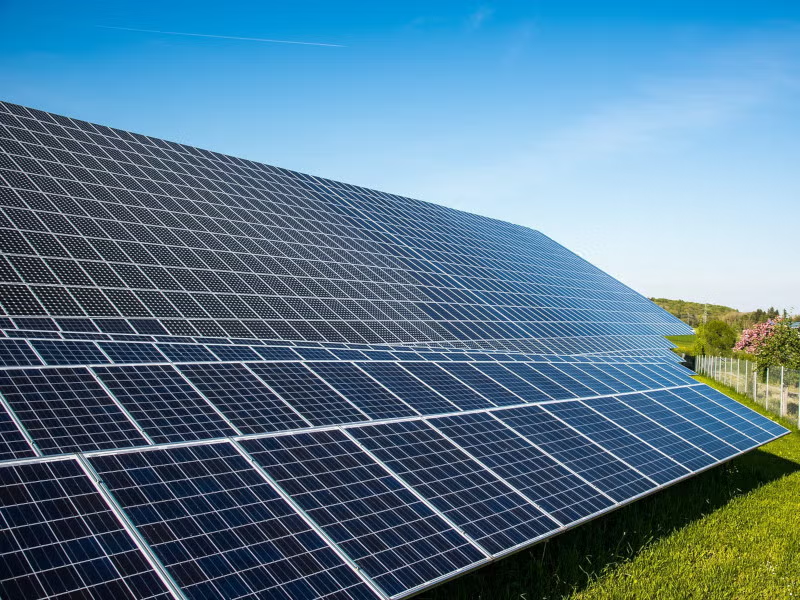Dholera Smart City in Gujarat is leading the way in sustainable development by incorporating solar power into its infrastructure, with the goal of establishing an example for future cities. This includes an extensive 5,000 MW solar park along with various renewable energy projects. The city integrates intelligent infrastructure, advanced water management, and a dedicated to minimizing its carbon footprint.
Gujarat Chief Minister Bhupendra Patel conducted a review of the ongoing infrastructure development at the Dholera Special Investment Region, where the state government is focused on establishing India’s first Semicon city, supported by outstanding smart infrastructure and the integration of renewable energy.
CM Visit Reviews the Solar Infrastructure
During visit of Gujarat’s chief minister Shri Bhupendra Patel, he reviewed the advancement of the Dholera Smart City project, which has been developed under the leadership of our Prime Minister Shri Narendra Modi. Also, authorities provided him with some information on the completion of essential infrastructure elements, such as roads, facilities, and built to be industrial facilities.
The development includes strong sustainability measures, involving a 300 MW solar park that is already operational to meet the region’s energy demands. Furthermore, essential facilities including a water treatment plant, sewage and effluent treatment systems, ICT and other.
Public and Private Sector Collaboration
The establishment of Dholera’s solar infrastructure has been made possible by strong public and private partnership, also called PPP. Its include:
- Gujarat Power Corporation Limited (GPCL)
- Solar Energy Corporation of India (SECI)
- Global investor and renewable energy firms
This partnership has not only enhanced financial stability but also incorporated internationally recognized standards in solar engineering, construction and procurement.
Smart Infrastructure with Sustainability as its Foundation
Dholera characteristics smart and eco—friendly infrastructure:
- Underground facilities methods for electricity, water, gas and information and communication technology system
- Solar energy-powered LED street lighting
- Comprehensive traffic and transport management system
- Buildings that are designed with energy efficiency considering
The city is using IoT-enabled monitoring and AI-driven data analytics to enhance energy consumption across various sectors, leading to a notable reduction in carbon emission.


